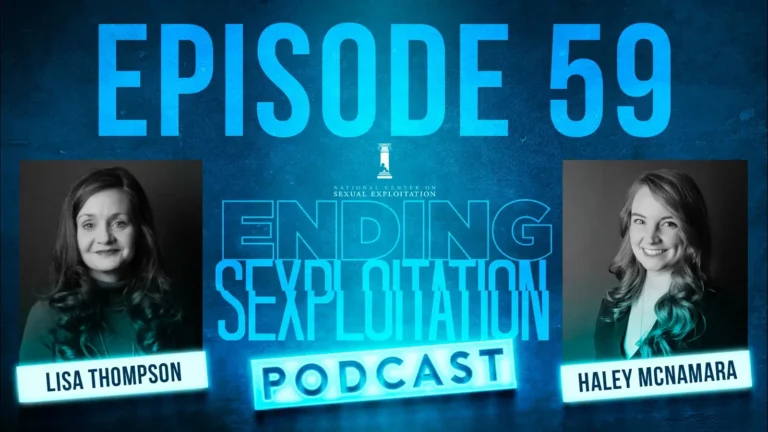Help for Women Hooked on 50 Shades of Pornography
By Russ Warner, CEO, ContentWatch-makers of Net Nanny
 Men and women view the world differently. That’s no secret. And it’s also no secret the majority of pornography is marketed toward men and it typically objectifies women as highly sexualized beings willing to cater to every whim.
Men and women view the world differently. That’s no secret. And it’s also no secret the majority of pornography is marketed toward men and it typically objectifies women as highly sexualized beings willing to cater to every whim.With that in mind, the Internet has enabled the amateur pornography market to fill the small screen with free product and, as a result, professional pornographers seek new markets.
One such market: women. The product: soft core pornography focused on intimacy and relationships. Reason: women tend to objectify these feelings.
Today, many women read soft core pornography as an escape and as an extension to their interest in romance novels. One such recently popular title Fifty Shades of Grey has made great inroads into this niche. And because of that trend, some women are moving to online pornography from soft core and romance novels.
It’s no secret that soft core pornography is mainstream. The three books in the 50 Shades trilogy currently occupy three of five tops spots on the New York Times bestseller list and recently held the top three. Other erotic novels frequently make it into the top fifteen.
In reality, these books, now displayed front and center in bookstores, tend to glamorize unhealthy relationships depicted in them, and by extension,
pornography in general. It seems soft core porn is viewed by most as a harmless distraction, but too often, it’s a gateway to more hardcore pornography and addiction.
The increase in online pornography aimed at women has shown to increase addiction in women. Women now comprise 30% of all online pornography viewers.
Women face more stigma than men for viewing pornography, which sometimes prevents them from getting help. They tend to view problematic romantic and sexual behavior as a relationship or intimacy problem rather than a sexual issue; many women do not recognize their sexual problems until they seek treatment for drug or alcohol problems.
Robert Weiss, Founding Director of the Sexual Recovery Institute, gives five signs of addictive sexual and romantic behaviors in women:
1. Consistently using dating, seduction, sexual experiences, or romance as a primary means of feeling loved and valuable.
2. A painful history of short, unsatisfying failed relationships where having sex or only feeling loved during sex is the primary bond.
3. An inability to remain sober from drugs or alcohol addictions related to romantic intrigue, fear of being alone, and related sexual behavior patterns fused with alcohol/drug abuse.
4. Acting out fetish behaviors in secret with casual or anonymous partners, while in a separate primary relationship.
5. Using pornography, self stimulation, or online sexual or romantic connections instead of a meaningful social and recreational life.
Pornography addiction is real and it is harmful. If you notice these behaviors in yourself, you should seek professional help.
As one tool to assist in the battle against addiction, ContentWatch has a Pornography Addiction Sponsor Program. Those with pornography addiction who have a sponsor can request a free copy of Net Nanny, highly-rated Internet pornography filtering software, in order to set it up on the affected person’s computer or smartphone.
The proliferation of pornography targeted toward women is opening up more dialogue about women’s sexuality, which is a topic that has been misunderstood and ignored for years. But that trend doesn’t excuse this type of pornography and it doesn’t mean that women should suffer in silence with addiction.
Related:
Special thanks to Russ Warner and Content Watch/Net Nanny for their support of efforts to combat the harms of pornography!



